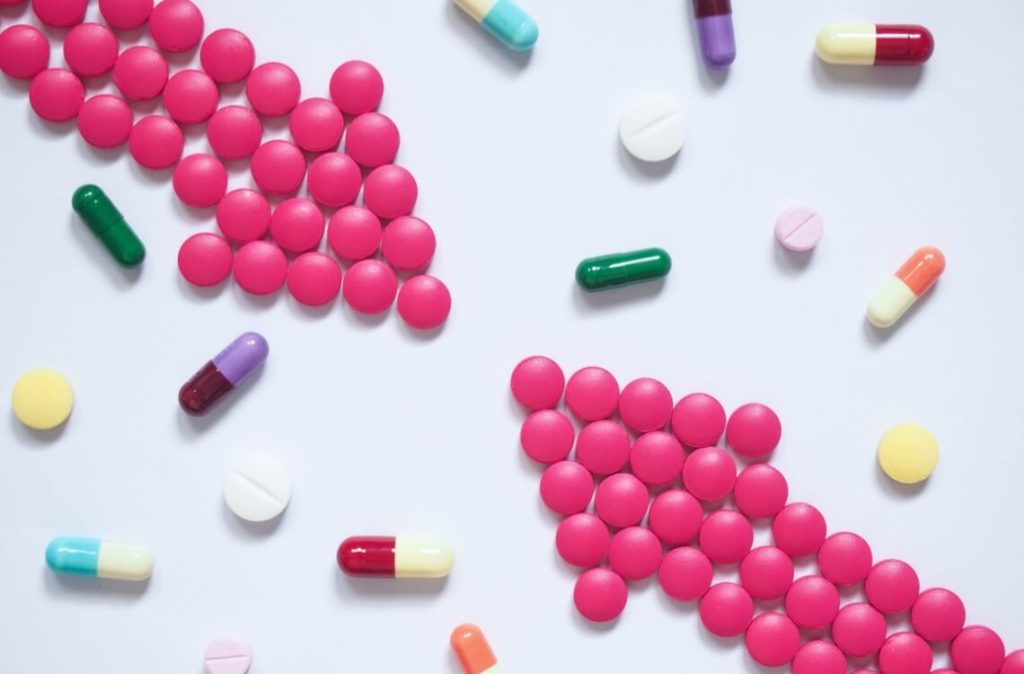Pharmaceuticals are potent compounds meant to treat very specific illnesses and conditions.
While they are supposed to be medicine, this doesn’t mean they mix well with other types of drugs, food and supplements.
We had a chat with Nazatul Amira Hamzah, a qualified pharmacist with 10 years of experience in pharmacy practice, to learn more about drug interactions in kids.
Q1: What does it mean by ‘drug interactions’?
A drug interaction occurs when your child takes two drugs together, leading to one of the following possible outcomes:
Scenario 1
Drug A puts your child at a higher risk of experiencing adverse effects from drug B by:
- enhancing the actions of drug B
- reducing the removal of drug B from your child’s body
Scenario 2
Drug A reduces or eliminates the effectiveness of drug B by:
- decreasing or blocking the actions of drug B
- enhancing the removal of drug B from your child’s body
Question 2: What are the most common drug interactions in children?
The most common cases of drug interactions involve some groups of medicines:
- Antibiotics: medications prescribed to treat infections. Examples include meropenem, clarithromycin, rifampicin, and gentamicin.
- Anticonvulsants: drugs prescribed to treat and prevent seizures. Examples include phenobarbitone, levetiracetam, sodium valproate, phenytoin, and clonazepam.
- Antihistamines: drugs that are used to alleviate allergy reactions such as sneezing, coughing, runny nose, watery eyes, and itchy skin. Examples include cetirizine, loratadine, and diphenhydramine.
- Non-steroidal anti-inflammatory drugs (NSAIDs): drugs that are used to help with fever and signs of inflammation such as redness, swelling, and pain. Examples include acetylsalicylic acid (aspirin) and ibuprofen.
- Asthma medications such as budesonide, prednisolone, and montelukast sodium.
- Cardiovascular drugs, such as enalapril and digoxin.
Drug interactions can occur between medications from the same or different groups.
Generally speaking, the more medicines your child takes and the higher the dose, the greater the risk of harmful effects.
Q3: How do drug interactions in children differ from those in adults?
Children are more susceptible to the adverse effects of drug interactions because their underdeveloped organ systems may not be able to process drugs as efficiently as adults.
Therefore, any drug interaction in children requires more attention.
Q4: What are the potential risks of drug interactions in children?
Drug interactions pose potential risks, including:
- reduced effectiveness of medications, resulting in treatment failure
- increased side effects
- increased drug toxicity
- allergic reactions
- life-threatening disorders, such as respiratory depression or cardiovascular issues, can occur in severe cases.
The effects and severity of drug interactions vary based on factors such as age, body size, genetics, types of medicines, dose given, and treatment duration, as well as the presence of other underlying illnesses.
Q5: Which over-the-counter medications are most likely to cause interactions in kids?
Antihistamines and NSAIDs are frequently associated with drug interactions in children.
For instance, taking diphenhydramine to relieve coughing and loratadine to help with sneezing and runny nose increases the likelihood of dry mouth, dry eyes, constipation, and drowsiness.
When coupled with another NSAID (such as low-dose aspirin) or a corticosteroid medication (such as prednisolone), NSAIDs increase the risk of gastrointestinal ulcers or bleeding.
Q6: How can combining medications with supplements and foods lead to drug interactions in kids?
Supplements such as St. John’s Wort and Gingo biloba as well as certain foods (like grapefruit) and beverages (such as milk), can interact with certain medicines.
You should avoid giving your child an antibiotic with dairy products or supplements containing calcium and magnesium, as they can interfere with the antibiotic’s absorption.
Q7: How does the timing of medication doses affect the risk of interactions in children?
Timing is indeed important. Some medications must be taken with meals, while others can be taken on an empty stomach.
Always follow expert advice on the most appropriate method of administering medicines to your child.
Q8: How do I tell if my child is probably having an issue with drug interaction?
Signs of a drug interaction differ depending on the type of medication used, but may include tiredness, dizziness, nausea, vomiting, behavioural changes, skin rashes, difficulty breathing, or a sudden worsening of symptoms.
Report any unusual reaction to a new medicine to a healthcare professional for further investigation.
Q9: What should I do if I suspect my child is experiencing a drug interaction?
You should stop giving the medicine to your child and inform your paediatrician right away.
If your child has serious symptoms, such as trouble breathing, seizures, or an allergic response, you must seek emergency help.
Q10: How do I help prevent drug interactions when my child is taking multiple medications?
You should keep an up-to-date list of all medications and dietary supplements your child takes, and share it with all healthcare practitioners.
You must also consult your paediatrician or pharmacist to ensure that the new drug does not interfere with any other medicines or supplements.
Always check the medication label for any warnings concerning drug interactions.
Disclaimer: The information provided in this article is for informational purposes only and should not be considered as medical advice from Motherhood. For any health-related concerns, it is advisable to consult with a qualified healthcare professional or medical practitioner.
For more insightful stories and fun recipes, stay tuned to Motherhood Story!
